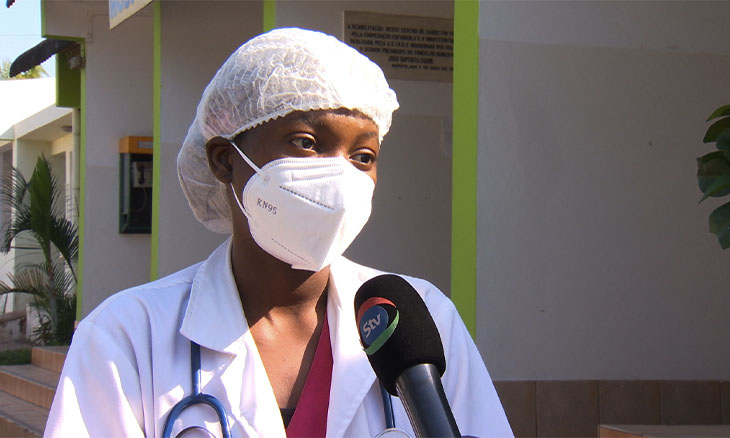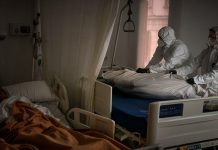AfricaPress-mozambique: The Polana Caniço General Hospital, the country’s largest Covid-19 inpatient centre, has warned of an increase especially in younger patients this month, in contrast to what happened at the peak of the second wave, when most of those affected were 55 to 65 years old.
Patients admitted to Polana Canico recently have been in a critical state of health and in the 30 to 45-year age group, the one which has also suffered the most casualties, according to Dr Ana Nipita.
“The trend now is this, different from the first and second waves in which we had elderly people in a more critical condition, as they are the most vulnerable, today we are receiving many young people, and some end up losing their lives and, when we question their origin , almost all of them come from or have been to South Africa,” Dr Nipita revealed.
Dr Nipita explained that the development has to do with the increase in cases in neighbouring South Africa, because “when there is an increase in cases there, interestingly, they also increase here, and this ends up interfering with our admission rate. In fact, it was the same as what happened at the peak of the second wave”.
Figures at the Polana Caniço health unit show that 27 patients were admitted from 21 April to 20 May, and 23 from 21 May until this Thursday morning. In relation to deaths, from April to May, there were 12 deaths, while from May to date only six people have lost their lives.
“Right now, our admission rate is on an upward trend. It is true that we are not yet at full capacity, but as the number of people tested tends to increase, so does the number of admissions,” Dr Nipita explained.
Authorities point out that the situation is now serious. “What worries us is that this strain is more aggressive, because admitted patients are in a more critical condition compared to patients who were admitted in the second wave. And the most aggravating thing is that most of them have not had a favourable outcome.”
At the moment, seven patients hospitalised at Polana Caniço are in an “extremely serious” state, unlike the months of April and May, when the number of admissions per day varied between three and five.
The doctor points out that winter is one of the main factors increasing the number of cases, as the symptoms of Covid-19 are often confused with those of the flu.
Regarding the third wave of the pandemic, Dr Nipita says that the unit is correcting the “mistakes” of the second wave, and equipping the centre to respond better to a possible third wave, which could be “much more serious”.






